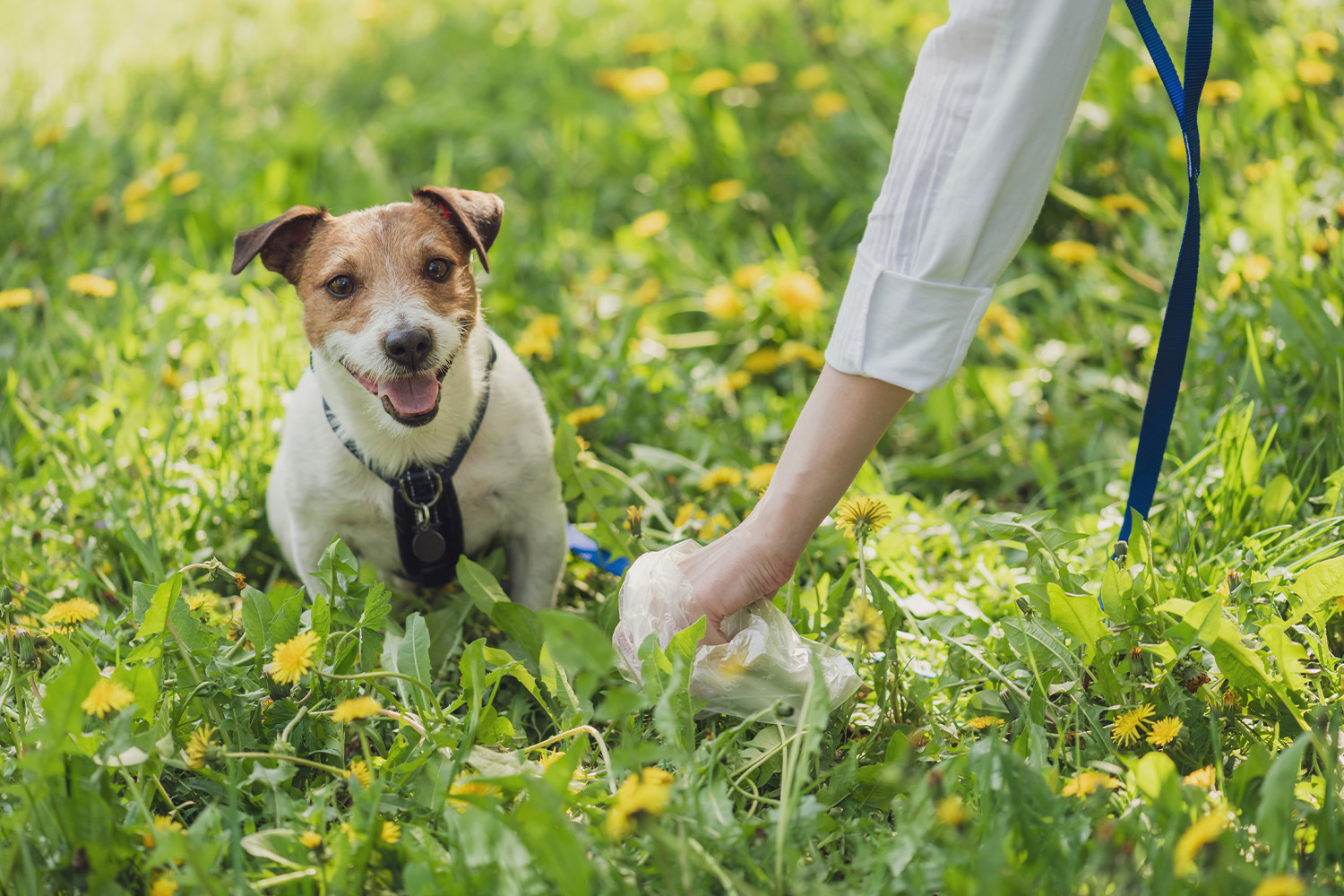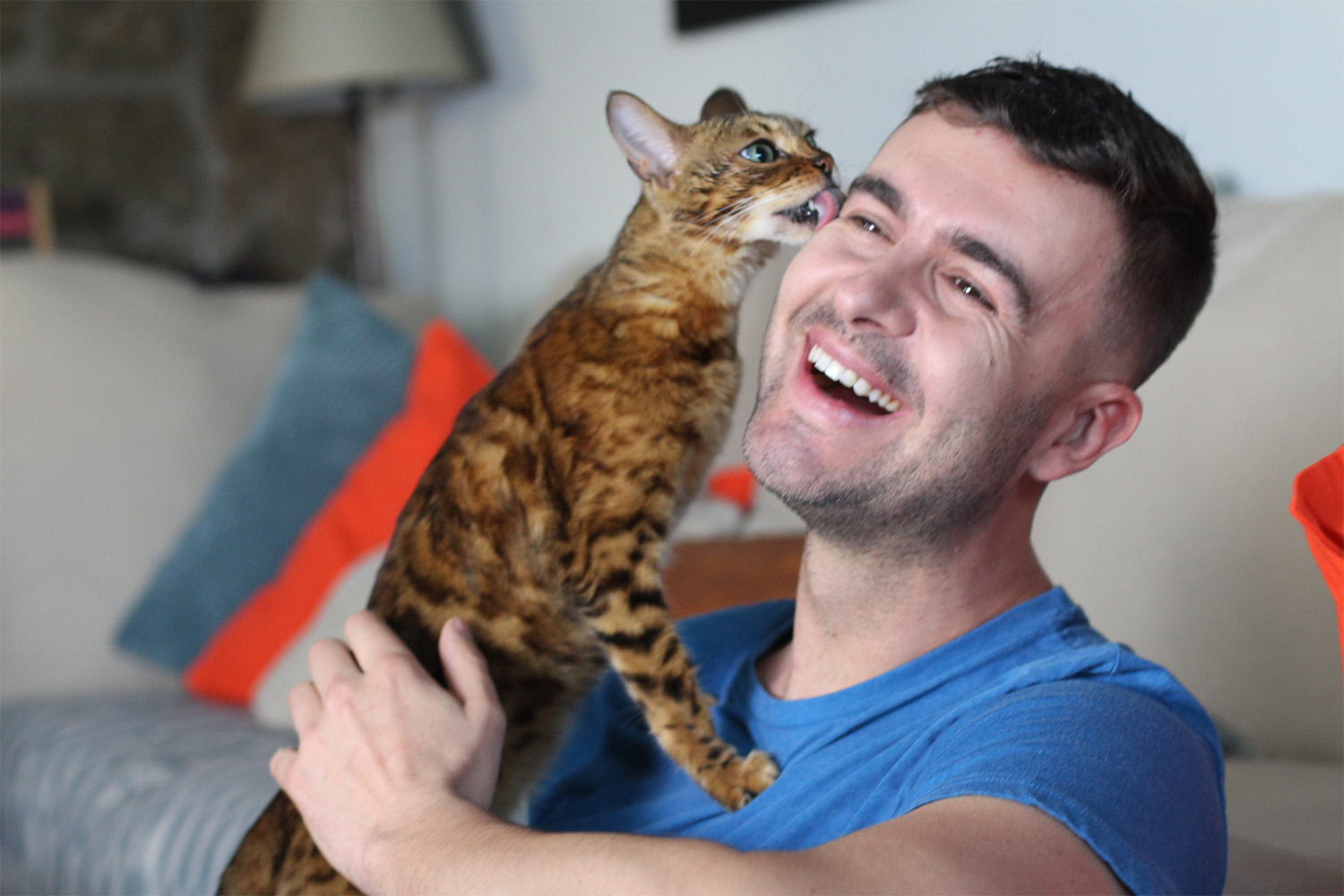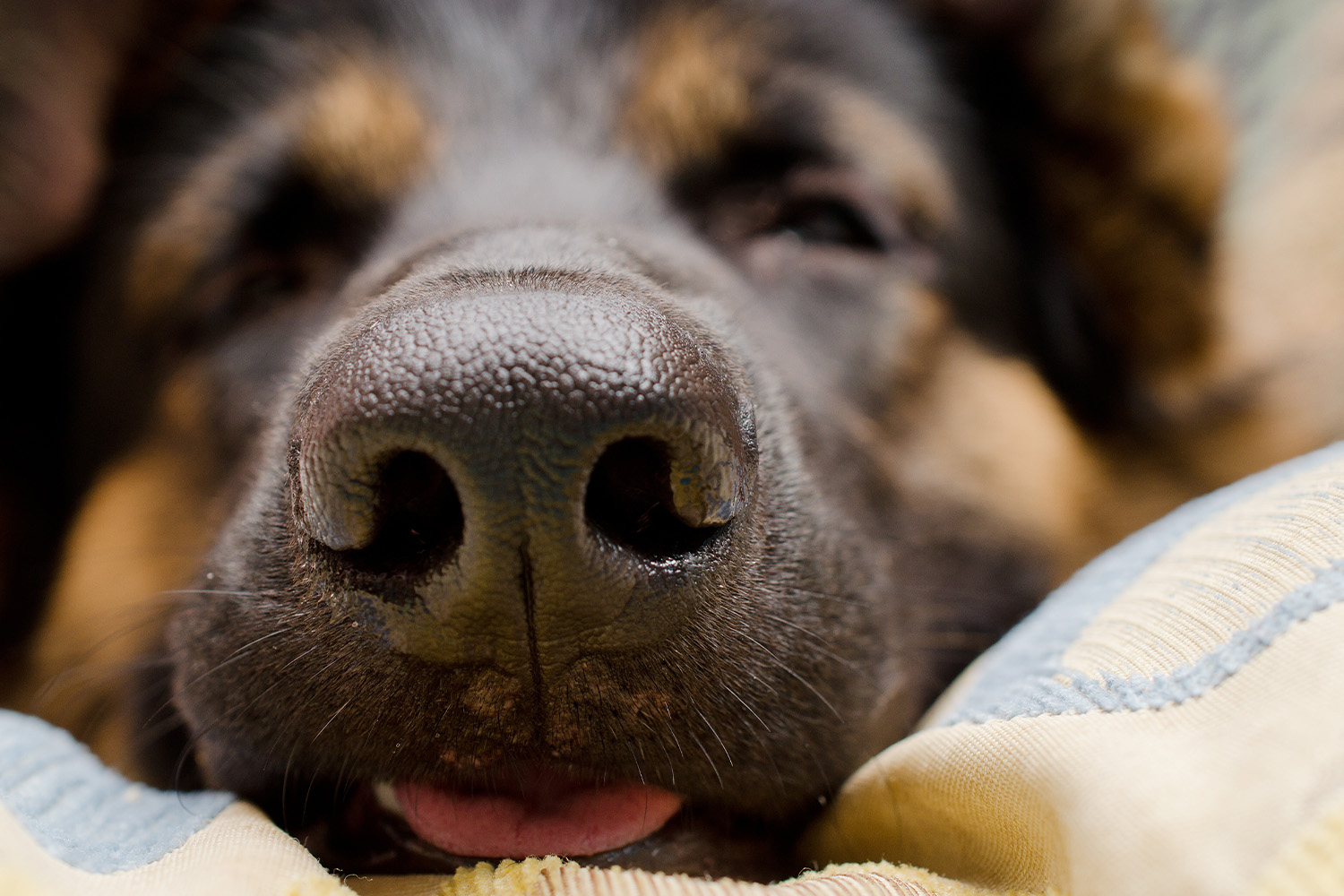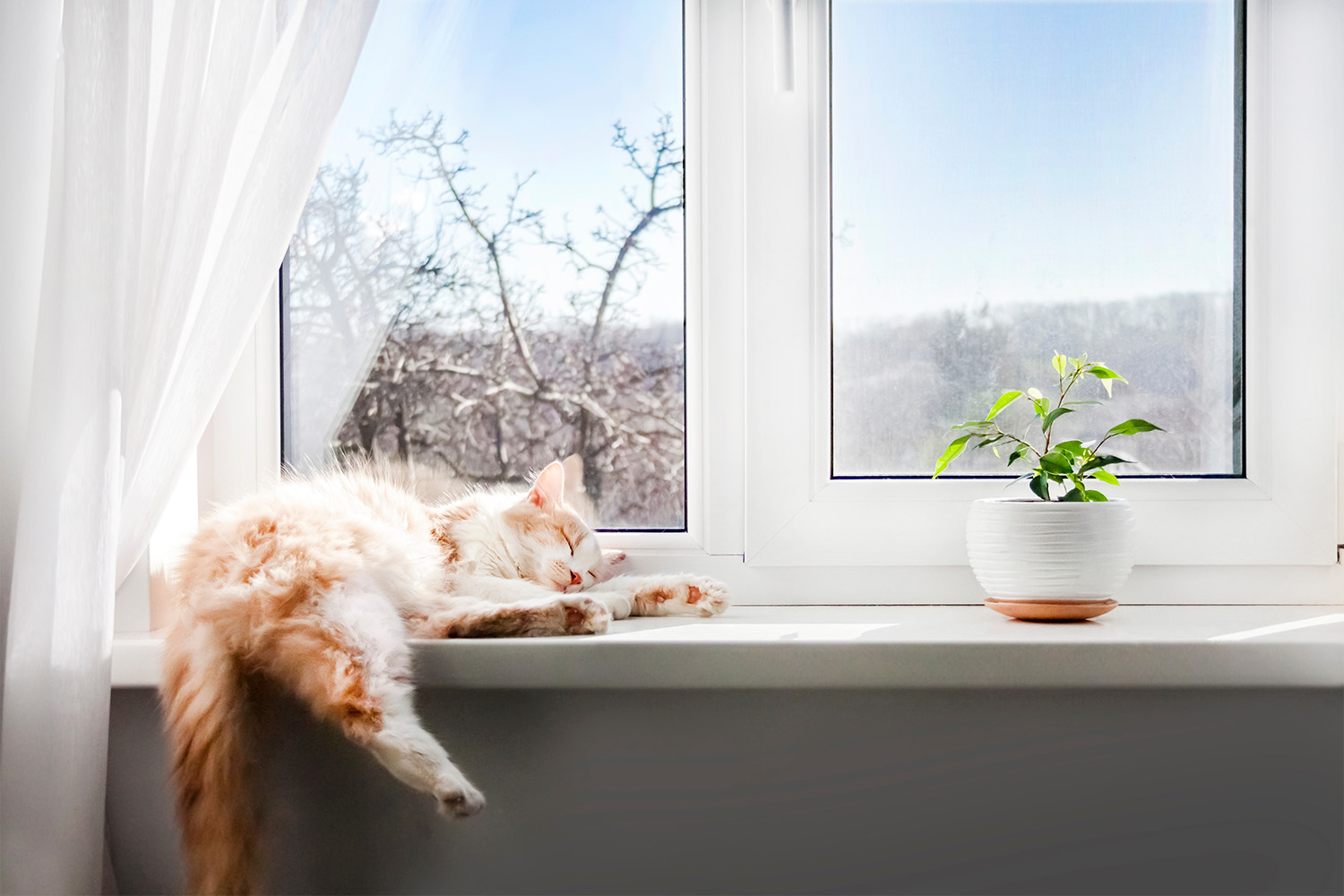When looking into adopting a furry companion, you want to ensure that both your personality and theirs mixes well. What you are looking for out of your new best friend might influence what breed of cat you take home with you.
You might want a cat that will chill out and snuggle up next to you all day, or you might want a cat that jumps off the walls, chases all the toys, and makes you laugh non-stop.
If an energetic and adorable cat is what you’re looking for, look no further. We have compiled a list of some playful cat breeds with tips on how to play with them to get the most out of their energy.
Knowing Your Cat
Any cat that you take home you are going to fall in love with and appreciate for all their little quirks, but your lifestyle might influence what breed would do best in your home.
Some kittens require a bit more of an active life from their parents. They may need you to be more involved with their day-to-day life, so knowing which cats have this playful personality can help make the decision on what breed to adopt.
Aside from activity levels, where you live and who else lives with you might impact the breed that comes home with you. Some cat breeds do better with dogs and children than others, and other cats prefer having a companion cat with them in the home. You’ll want to consider all of these things before committing to a new feline friend, so you can ensure you’re giving them the best life possible.
If you live a more slowed-down lifestyle, you might not be able to fulfill a playful kitten’s needs. And that’s okay! Knowing what you are looking for can ensure that you find the absolute best fit for you.
Playful Cat Breeds
Some people really want a playful cat that will provide non-stop, lovable entertainment while being the best friend you could possibly ask for. An active cat breed will bring this for you, but they might also require a bit more of your attention. Playful cats are sure to find time to entertain themselves, but they will love it when you involve yourself with their playtime.
The following breeds are considered some of the most playful cats out there:
Siamese
If you’ve ever wanted to have a conversation with a cat, a Siamese is always ready to talk. They are known as very loyal and talkative companions, which means they love you so much that they just want to tell you all the time. However, they are known as some of the most vocal cats out there, so be prepared to hear them all day long.
Siamese cats are smart and outgoing. They love to play and will do so with anyone that is willing to. They will chase a mouse on a string for hours or run up and down the stairs until they start to doze off. Not only do these cats love to play, but they love their humans, so they want to snuggle up and get some love at the end of the day.
Munchkin
These adorable little (literally) cats are also known to be very playful and energetic. Their tiny legs don’t stop them from bouncing off the walls and getting into every crevice in your home. They are generally mischievous and curious, loving to explore and look for trouble.
Don’t be surprised if a few shiny objects of yours go missing — the munchkin cat is known to hide valuables as a game. They love to involve you in their antics, whether you are aware or not. These cats are extremely sociable and friendly and can do well with other pets and children to play with.
Puzzles, string toys, and crumpled-up paper will keep this little cutie entertained, and once they get bored, they are quick to find a new game to play. When bringing home any cat, but especially such a mischievous one, take time to cat-proof your home so your new sofa and fancy curtains can stick around for a bit longer.
Abyssinian
Abyssinian cats are beloved for their outgoing and extroverted personality. They really like to be involved in the happenings around the home and will make themselves the centers of attention. They love to climb and perch and watch what’s going on but will involve themselves when they deem it fit to.
Cat trees and wall perches are a great way to keep this playful kitten happy, especially because they are so agile and love to be active.
These cats are famous for their looks: They closely resemble the mountain lion and Ancient Egyptian cats. In fact, it makes them even more appealing! They’re friendly wild cats that you can actually pet and cuddle up with.
Birman
While not known for bouncing off the walls like some other cats, the Birman is a cuddly and furry cat that could chase a laser and bat a crumpled paper while lying on their back for hours. If you want a playful and friendly cat that keeps it a bit more lowkey, this might be the breed for you.
You better like cuddling! Birmans are more likely to snuggle next to you and ask for plenty of pets than want to run around the house wreaking havoc. Their long and soft fur is the perfect snuggling material, and you’ll find yourself at peace just running your fingers through it.
Japanese Bobtail
Japanese Bobtails are regarded as one of the most playful cat breeds out there. They will come when called, play fetch for hours with their toys, and find a way to entertain themselves. These cats will bring you the toy they want to play with and drop it at your feet, meowing, telling you when it’s time to take a break from work.
They are very active and sociable, which makes them an ideal pet for someone who is looking to be actively involved in their lifestyle. Not only are they active, but they are sweet and affectionate and will give you all the love that they can.
Siberian Forest Cat
The Siberian Forest cat, or Siberian, is known primarily for their large and strong stature. They are a cat that stands out because of their size and their confidence. They are known as an ancient breed and are playful, outgoing, and energetic. While easygoing, they are very brave, which means they will chase any toy, climb any surface, and even venture outside to chase after butterflies and frolic through the grass.
To keep these cats entertained, you should be actively seeking new games and puzzles to involve them in. They are intelligent cats who want to learn new ways to play, so be ready to be creative in your games!
Turkish Angora
Turkish Angoras are very popular with people who have kids in their households because they are generally very friendly and affectionate. They are soft and cuddly and have a calm temperament, making them easily adaptable. Turkish Angoras do tend to bond with only a few people and might not be a stranger’s best friend, but they sure will be yours.
These cats are skilled climbers and love a good cat tree. They will find a wall or crevice to perch on, so providing them with structural sound spaces can heighten their exploration. Turkish Angoras are also adept hunters, so they might stalk you from time to time (all in good fun!) and might swat at your ankles when they’re feeling spunky.
Maine Coon
The state cat of Maine in the United States, Maine Coon cats, are large and regal cats that are often compared to dogs in how they behave. Though big and bold, they are extremely affectionate and playful.
They love to learn tricks, sometimes go on leashed walks out in nature (if you can train them to enjoy it), will follow you all around the house, and play games all day long.
They enjoy chasing toys, hiding toys from their humans, and playing fetch. Some Maine Coons can be a bit lazier than others, but they still will find ways to get their energy out throughout the day.
All Fun and Games — and Information
When adopting a cat, you might not always know what to expect from their behavior. Questions will arise, and not everyone that you know may be a cat expert. That’s why AskVet is here to help.
AskVet provides pet parents access to answers that they might have working 1:1 with a Certified Pet Lifestyle Coach™. AskVet coaches will help you decipher your pet’s behavior and come up with both behavioral and health plans to benefit your cat.
When you join AskVet, you no longer have to wait for your veterinarian’s office to be open to ask your questions. Now you can connect with world-class veterinary professionals 24/7, no matter where you are.
Sources:
Abyssinian | Breed Of Cat | Britannica
Siamese Cat Breed Profile | Cat World
Breed of the Month: Siberian Forest Cat | West Hill Animal Clinic
Maine Coon Cat | Maine Secretary of State Kids’ Page | Maine.gov
How to Teach a Cat to Do Tricks | Animal Behavior College
Reading your cat’s “body language” Score Body Postures Head Postures | Winnipeg Humane Society






